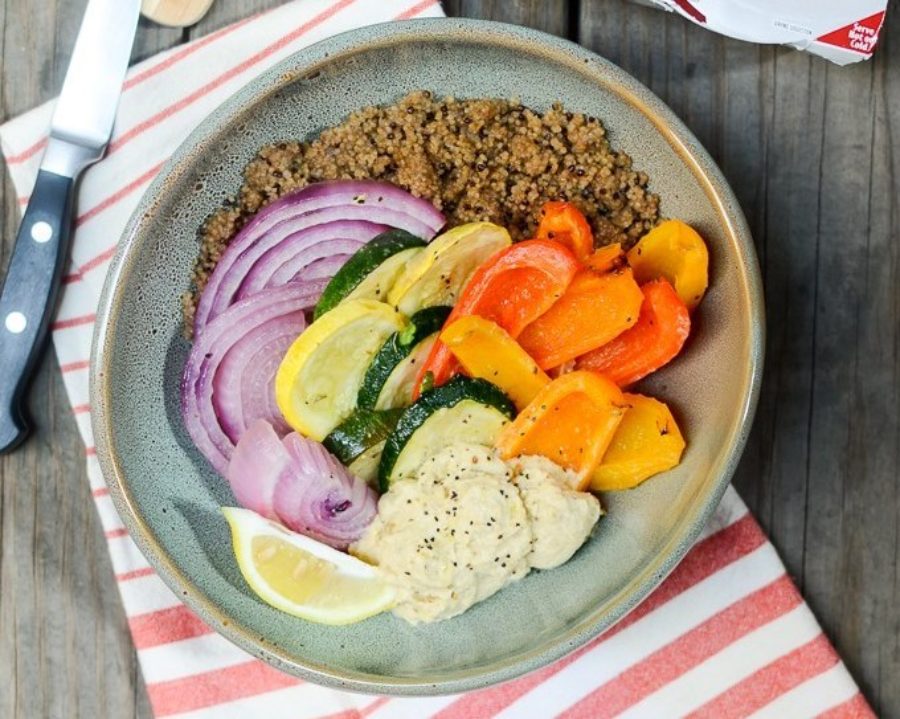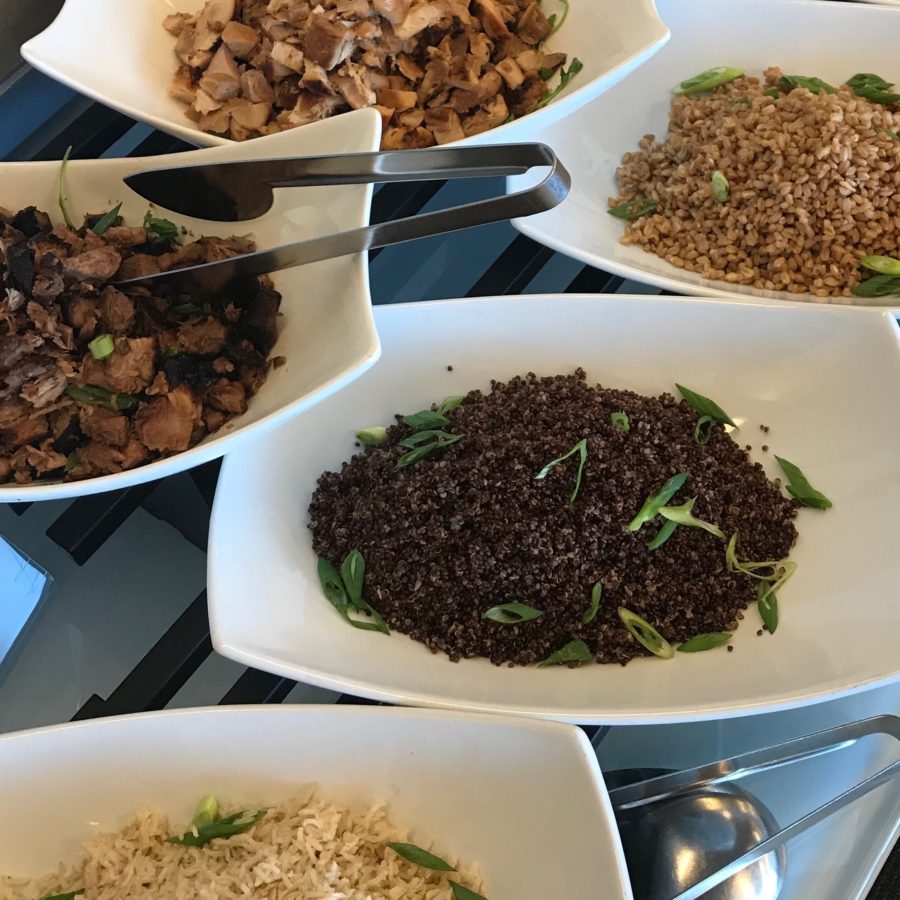
Dished: Meatless Meals Gain Steam in Senior Living Dining Programs
By Tim Regan
As the baby boomer generation looms over the senior living industry, providers are starting to serve what they like to eat in preparation for the day they move in—and in some cases, that means trading a T-bone steak for a block of tofu.
Fresh food and plant-based options have gained popularity amid the rise of other senior living trends such as fast casual restaurants and farm-to-table dining. At the recent Dished dining event in Chicago, chefs from Chicago’s Vi Living and Sodexo taught attendees how to cook restaurant-quality fare for memory care residents using lean meat and vibrant veggies.

FLIK Lifestyles, which serves 146 senior living and senior care communities throughout the U.S., has around 70 clients that regularly schedule “Meatless Monday” meals with menu items such as tikka masala made with eggplant, zucchini and chickpeas, instead of chicken.
FLIK is a sister brand to Morrison Community Living, a hospitality company that provides dining and other services to over 350 senior living clients. Both FLIK and Morrison do business under the Compass Group umbrella.
For its meatless Monday program, FLIK’s chefs consult a list of about 100 vegetarian-friendly recipes.
“Vegetarian options are important,” Adam Grafton, a senior corporate executive chef at FLIK Lifestyles, told Senior Housing News. “We’re definitely seeing more of those requests where residents say, hey, the meatloaf is great but… other days, I want options.”
That’s not to say the classic meat-and-potato dishes aren’t still popular with many senior living residents—they are, Grafton said. But seniors these days want more than pot roast or chicken and dumplings.
“The comfort classics are still important, but we’re finding they’re not necessarily the star on the menu anymore,” he added.

Tofu tomorrow
One glimpse of the future might lie in Wake Robin, a forward-thinking 410-unit continuing care retirement community (CCRC) in Shelburne, Vermont, that’s home to 45 vegetarian residents. There, chefs whip up a variety of meat-free dishes using fresh or organic ingredients from local farmers. In the past, they’ve even made their own seitan, which is an alternative to animal protein made with wheat gluten.
Though meat is still on the menu at Wake Robin, each meal also consists of at least one vegetarian-friendly soup, a salad bar with an array of plants and at least one meatless entree.
“We like to make vegetarian foods that are whole enough so that you don’t miss the meat,” Kate Hays, Wake Robin’s director of dining, told SHN.
One popular dish at Wake Robin is the “faux-sobuco,” a meat-free version of the veal dish, ossobuco. For that menu item, the CCRC’s chefs wrap seitan around tofu to resemble a cross-cut veal shank and serve it with a mushroom demi-glace. When prepared and plated well, those kind of dishes can entice even the staunchest carnivores.
“A resident wants to try it because they think it looks delicious,” Hays said. “You might talk about hiding kale in a smoothie [to encourage healthy eating], but a lot of times here, we don’t even have to go to that level.”
In addition to the wide availability of meat-free options, Wake Robin also serves any one of its dishes without gluten, garlic or dairy. There are also some vegan options on the menu, such as creamy macaroni made with butternut squash instead of cheese.
When the community’s chefs do serve meat, they tend to be locally sourced, higher quality and not the main attraction on someone’s plate. And in the end, it’s about getting residents to eat a little healthier, even if they still mostly dine on beef, chicken and fish.
“I’m intrigued with the whole model of culinary medicine,” Hays said. “Even the die-hard meat and potato residents, I’m still going to guide them to eat a more healthful diet.”

Hungry for more
The reason both FLIK Lifestyles and Wake Robin are embracing meatless options has to do in part with older adults’ changing tastes. Some want to live healthier lifestyles, while others want to eat fresher foods. And there are simply more seniors today who are familiar with once-exotic foods such as quinoa, farro and tempeh.
“When I started 19 years ago, it was all comfort food. Now, we’re seeing that it’s not all about meat and potatoes,” Grafton said. “Over the next five or 10 years, the percentage [of seniors eating less meat] is only going to increase.”
Though Hays acknowledged that the state of Vermont tends to run a little more progressive than, say, the Midwest, she agreed that plant-based foods will only become more popular as the years go by.
“It’s not just crazy Vermont with our funny ways of looking at things,” Hays said. “You really are going to see it’s nationwide, and because there are so many groups and initiatives for health care and food, it is a movement that is not going to stop.”
*Originally appeared in Senior Housing News on March 16, 2018.